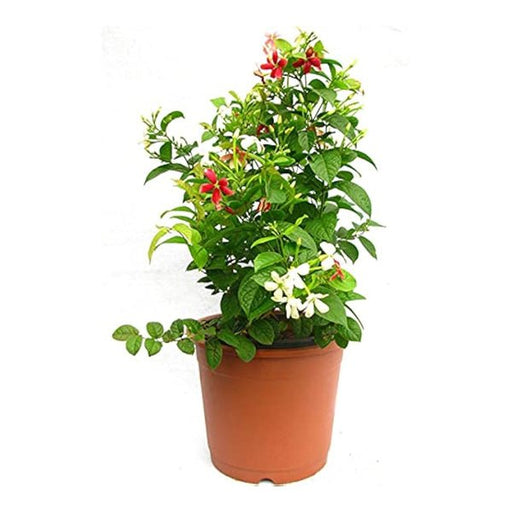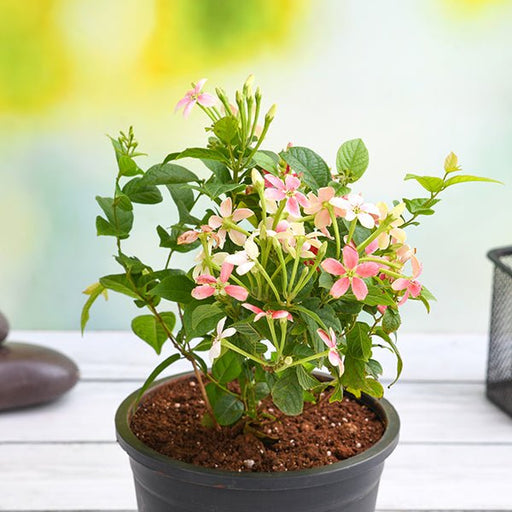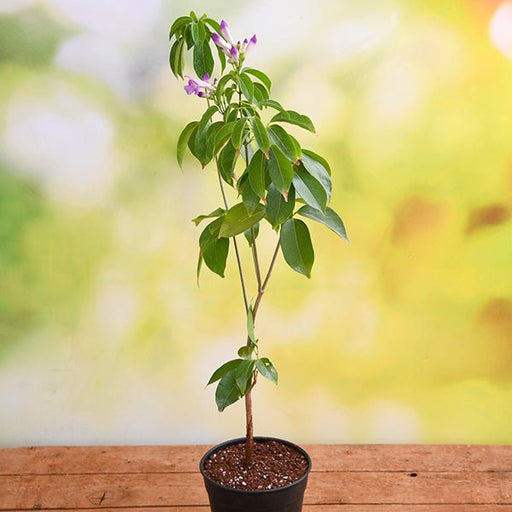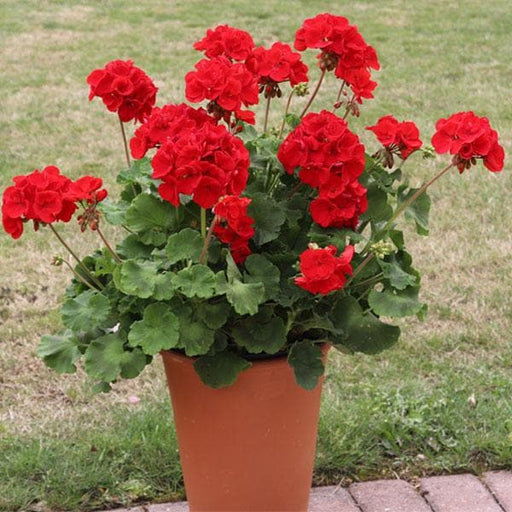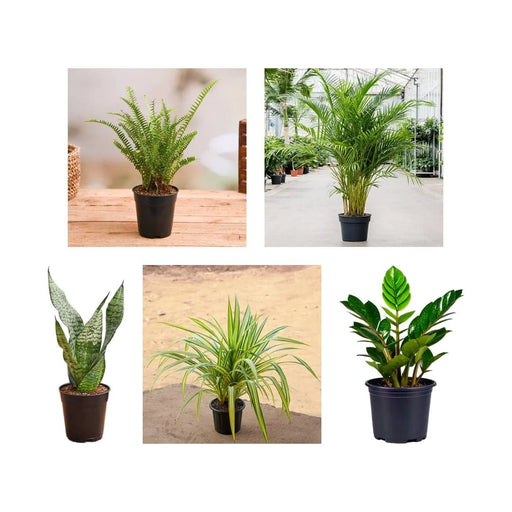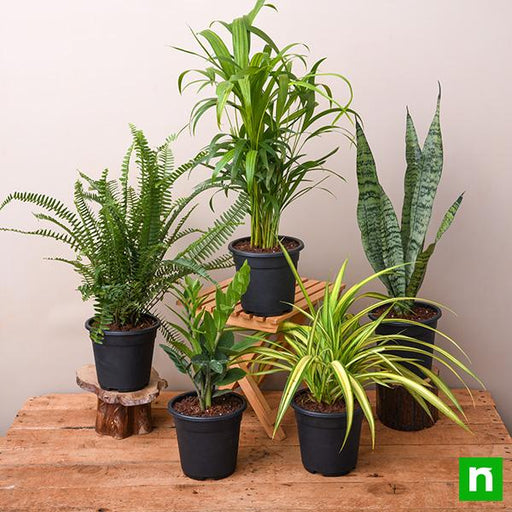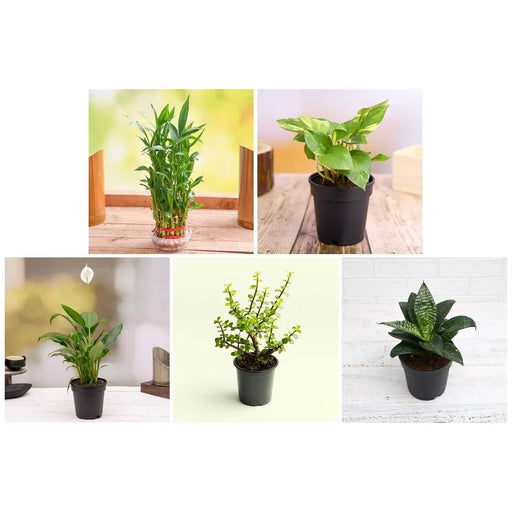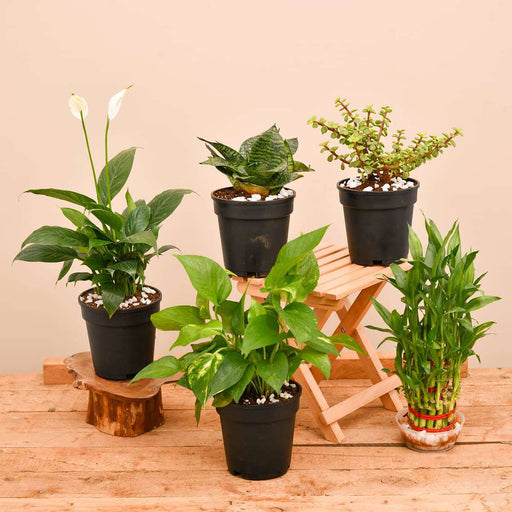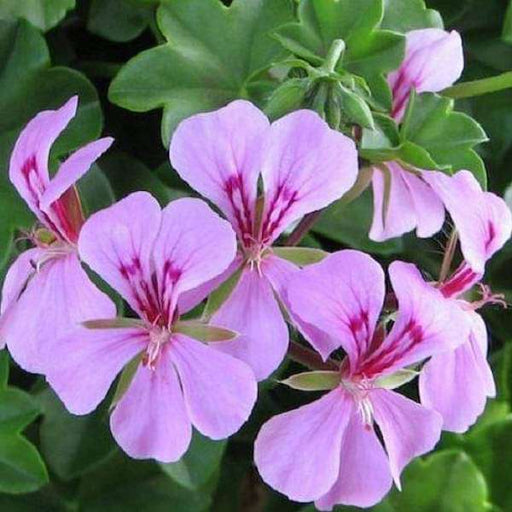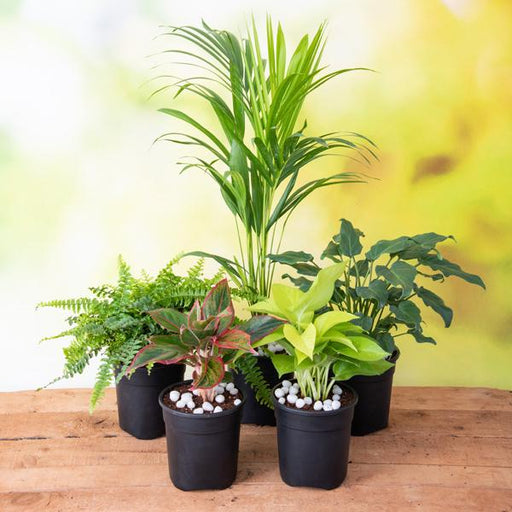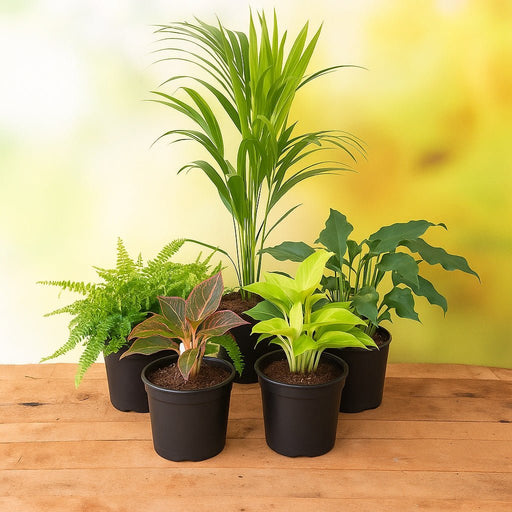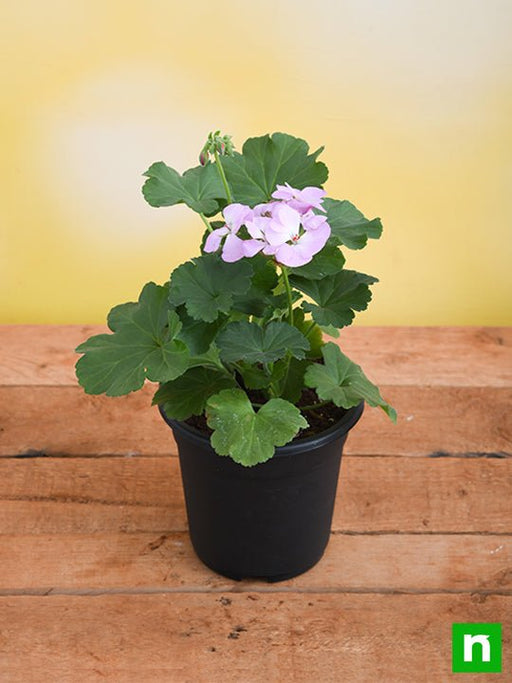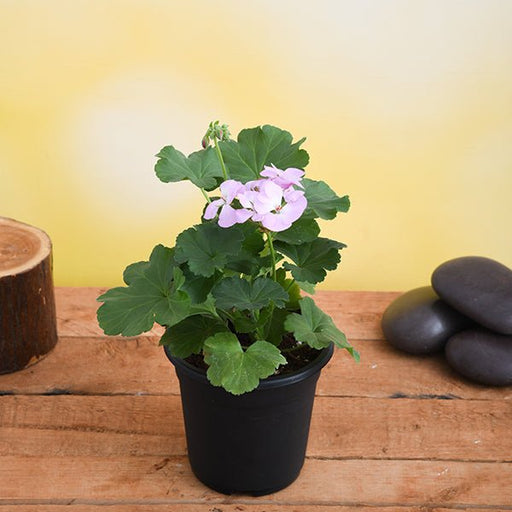Bougainvillea
Bougainvillea is a popular flowering creeper known for its vibrant and colorful blooms. It is a versatile plant that can be grown in a variety of climates and soil types, making it a popular choice for gardeners around the world.
Morning Glory
Morning Glory is a fast-growing flowering creeper that produces beautiful, trumpet-shaped flowers in a range of colors. It is a popular choice for gardeners who want to add a splash of color and interest to their gardens.
Clematis
Clematis is a flowering creeper known for its delicate and intricate blooms. It is a popular choice for trellises, fences, and walls, and can be grown in a variety of soil types and climates.
Jasmine
Jasmine is a fragrant flowering creeper that produces beautiful, white or yellow blooms. It is a popular choice for gardeners who want to add a sweet and exotic scent to their gardens.
Honeysuckle
Honeysuckle is a flowering creeper known for its sweet fragrance and delicate blooms. It is a popular choice for trellises, fences, and walls, and can be grown in a variety of soil types and climates.
Wisteria
Wisteria is a beautiful and dramatic flowering creeper that produces cascading blooms in shades of purple, pink, and white. It is a popular choice for trellises, pergolas, and walls, and can add a touch of elegance and drama to any garden.
Passion Flower
Passion Flower is a unique and exotic flowering creeper that produces intricate and striking blooms. It is a popular choice for gardeners who want to add a touch of the exotic to their gardens.
Trumpet Vine
Trumpet Vine is a fast-growing and hardy flowering creeper that produces large, trumpet-shaped blooms in shades of orange and red. It is a popular choice for gardeners who want to add a splash of color and interest to their gardens.
Climbing Roses
Climbing Roses are a beautiful and classic flowering creeper that produce delicate and fragrant blooms in a range of colors. They are a popular choice for trellises, fences, and walls, and can add a touch of romance and elegance to any garden.
Mandevilla
Mandevilla is a beautiful and tropical flowering creeper that produces large, trumpet-shaped blooms in shades of pink and red. It is a popular choice for gardeners who want to add a touch of the exotic to their gardens.
Ivy
Ivy is a classic and hardy flowering creeper that produces delicate and intricate foliage. It is a popular choice for trellises, walls, and fences, and can add a touch of elegance and sophistication to any garden.
Moonflower
Moonflower is a unique and exotic flowering creeper that produces large, white or pink blooms that open at night. It is a popular choice for gardeners who want to add a touch of magic and mystery to their gardens.
Climbing Hydrangea
Climbing Hydrangea is a beautiful and hardy flowering creeper that produces delicate and intricate blooms in shades of white and pink. It is a popular choice for trellises, fences, and walls, and can add a touch of elegance and romance to any garden.
Virginia Creeper
Virginia Creeper is a fast-growing and hardy flowering creeper that produces delicate and intricate foliage. It is a popular choice for trellises, walls, and fences, and can add a touch of rustic charm to any garden.
Climbing Snapdragon
Climbing Snapdragon is a unique and striking flowering creeper that produces bright and colorful blooms in a range of shades. It is a popular choice for gardeners who want to add a touch of the unexpected to their gardens.
Black-eyed Susan Vine
Black-eyed Susan Vine is a delicate and charming flowering creeper that produces small, yellow or white blooms with a dark center. It is a popular choice for trellises, walls, and fences, and can add a touch of whimsy and charm to any garden.
Cup-and-Saucer Vine
Cup-and-Saucer Vine is a beautiful and unique flowering creeper that produces intricate and delicate blooms in shades of purple, blue, and pink. It is a popular choice for gardeners who want to add a touch of elegance and sophistication to their gardens.
Climbing Petunia
Climbing Petunia is a hardy and fast-growing flowering creeper that produces delicate and colorful blooms in a range of shades. It is a popular choice for trellises, fences, and walls, and can add a touch of color and interest to any garden.
Climbing Nasturtium
Climbing Nasturtium is a beautiful and hardy flowering creeper that produces delicate and colorful blooms in shades of orange, red, and yellow. It is a popular choice for trellises, fences, and walls, and can add a touch of vibrancy and energy to any garden.
Thunbergia
Thunbergia is a unique and exotic flowering creeper that produces intricate and striking blooms in shades of yellow, orange, and white. It is a popular choice for gardeners who want to add a touch of the exotic to their gardens.


